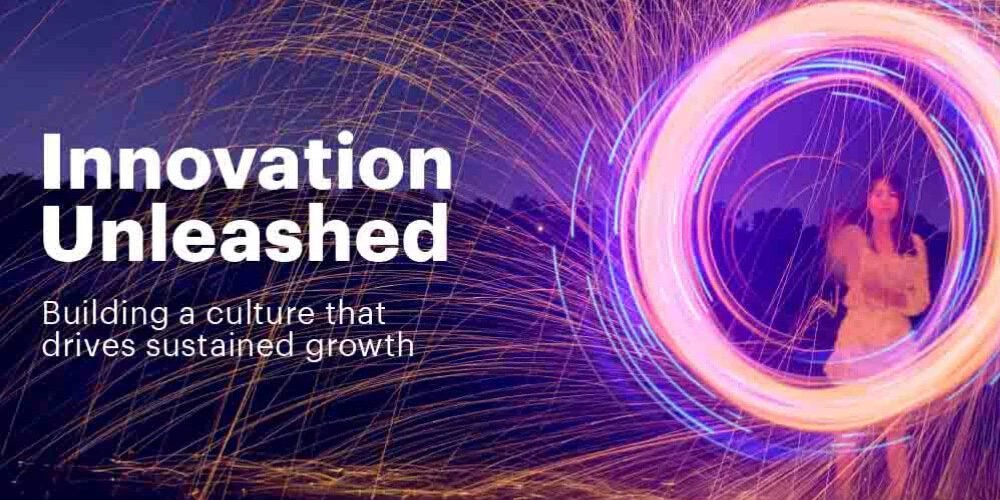In the dynamic landscape of technology, innovation stands as the cornerstone of progress. Businesses and individuals alike are constantly seeking tools that not only streamline their processes but also pave the way for groundbreaking solutions. As we navigate the intricate web of the digital age, let’s delve into the latest essential tools that are unleashing innovation across various domains.
1. Artificial Intelligence and Machine Learning:
At the forefront of innovation, Artificial Intelligence (AI) and Machine Learning (ML) continue to revolutionize industries. These technologies empower systems to learn and adapt, mimicking human intelligence. AI and ML tools are being increasingly integrated into business processes, enabling predictive analytics, automation, and personalized user experiences. From recommendation engines in e-commerce to predictive maintenance in manufacturing, the applications are limitless.
2. Collaborative Cloud Platforms:
The rise of remote work has underscored the importance of collaborative tools hosted on cloud platforms. Applications like Google Workspace, Microsoft 365, and Slack facilitate seamless communication and collaboration among distributed teams. Real-time editing, video conferencing, and file sharing have become indispensable components of the modern workplace, fostering innovation by breaking down geographical barriers.
3. Blockchain Technology:
Blockchain, initially associated with cryptocurrencies, has evolved into a transformative technology with applications across diverse sectors. Its decentralized and secure nature makes it ideal for enhancing transparency and trust in processes. In industries such as finance, healthcare, and supply chain, blockchain is revolutionizing data management, ensuring immutability and traceability of transactions, thus fostering innovation through increased accountability.
4. Augmented and Virtual Reality:
Augmented Reality (AR) and Virtual Reality (VR) are reshaping the way we interact with the digital world. In the realm of education, healthcare, and gaming, these immersive technologies are enhancing user experiences and driving innovation. AR applications overlay digital information onto the real world, while VR creates entirely immersive environments. These tools are pushing the boundaries of creativity and transforming the way we perceive and engage with information.
5. Cybersecurity Solutions:
As the digital landscape expands, so does the need for robust cybersecurity measures. Innovations in cybersecurity tools are essential to safeguard sensitive information from evolving cyber threats. Advanced threat detection, multi-factor authentication, and encryption technologies are crucial components in the fight against cybercrime. By ensuring the integrity of data and protecting against unauthorized access, cybersecurity tools lay the foundation for a secure and innovative digital environment.
6. Internet of Things (IoT):
The Internet of Things is a network of interconnected devices that communicate and share data. From smart homes to industrial applications, IoT is creating a seamless integration of the physical and digital worlds. Innovations in IoT tools enable real-time monitoring, data analysis, and automation, optimizing processes and enhancing efficiency. The ability to collect and analyze vast amounts of data from connected devices opens new possibilities for innovation across industries.
7. Quantum Computing:
While still in its infancy, quantum computing holds the promise of revolutionizing computational power. Traditional computers use bits to represent either a 0 or a 1, while quantum computers use qubits that can exist in multiple states simultaneously. This enables quantum computers to solve complex problems at an unprecedented speed. Although mainstream adoption is on the horizon, the potential applications in cryptography, optimization, and scientific research are already sparking innovative ideas.
8. Natural Language Processing (NLP):
Natural Language Processing is a branch of AI that focuses on the interaction between computers and human language. NLP tools enable machines to understand, interpret, and generate human-like language. From chatbots providing customer support to language translation services, NLP is enhancing communication and accessibility. As these tools become more sophisticated, the potential for innovation in human-computer interaction and language-based applications is vast.
9. 3D Printing:
In the realm of manufacturing and prototyping, 3D printing has emerged as a game-changer. This technology allows the creation of three-dimensional objects layer by layer based on digital models. From producing intricate prototypes to customizing medical implants, 3D printing accelerates the innovation cycle by reducing production time and costs. Its versatility is opening up new avenues for creativity and customization across various industries.
10. Renewable Energy Management Software:
In the pursuit of sustainable practices, renewable energy management software is gaining prominence. These tools enable efficient monitoring and management of renewable energy sources such as solar and wind. By optimizing energy production, storage, and distribution, these innovations contribute to a greener and more sustainable future. The integration of smart grids and energy analytics further enhances the potential for innovation in the renewable energy sector.
In conclusion, the relentless march of technology continues to redefine the landscape of innovation. The tools mentioned above represent the cutting edge of what is driving progress in various fields. From the limitless possibilities of AI and blockchain to the immersive experiences of AR and VR, each tool contributes to a tapestry of innovation that shapes the future. As we embrace these essential tools, we embark on a journey where the only constant is change, and innovation is the compass guiding us towards new horizons. The key lies in leveraging these tools wisely, with an eye on the ethical implications, to ensure a future where innovation serves the greater good of humanity.

